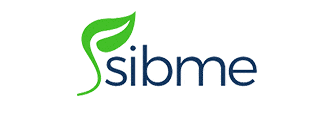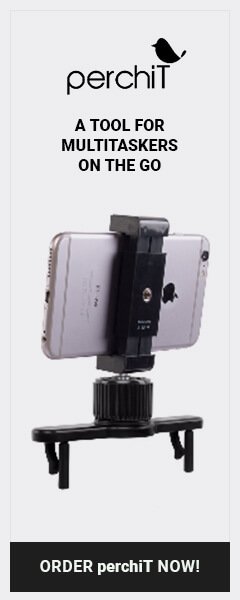In this webinar, Dr. Tonya Goree, popular speaker and award-winning elementary school principal, along with administrators Melissa Martin and Lydia McGee, will discuss using video for self-reflection and instructional coaching from the administrator’s point of view.
This is part 8 in a 9-part series. Get access to all 9 videos in once place by clicking on the button below!
On-Demand AccessObjective 1
- It’s important to establish a culture of trust before coaching with video begins
- The first messages from leaders to teachers about using video has to emphasize the purpose—which is ultimately student success through improved instruction
- Trust is established when teachers understand that coaching with video is about growth—not about “I gotchas”
- Trust is established as relationships are built and time is spent working on professional growth
Objective 2
- Teachers understand coaching is strictly focused on professional growth
- The person who evaluates a teacher is never the person who coaches them—the lines never cross
Objective 3
- Those in the coaching role have to share the same philosophy and purpose around the use of video and time is spent developing that philosophy
- Each year there is a focus for improving some aspect of calibration
- This year’s calibration focus was around better feedback for better coaching
Objective 4
- Self-reflection helps teachers learn ways to refine their teaching
- Teacher awareness increases when video is introduced
- Teachers understand that self-reflection is an on-going process
Objective 5
- Because the teacher selects the goal, trust is built and the teacher is vested in achieving the goal
- As coaches watch videos of teachers working on the teacher-selected goal, they can begin to formulate ideas for the coach-selected goal
Objective 6
- Trust is built between the coach and teacher during coaching cycle 2—where the teacher selected goal
- Through collaboration, the coach selects the next goal for the teacher’s professional growth
Objective 7
- Adding teacher exemplar videos into the video library provides powerful models
- When the video library is built out, administrators no longer need to find “coverage” so teachers can visit classrooms of others—they can simply go to the video library

